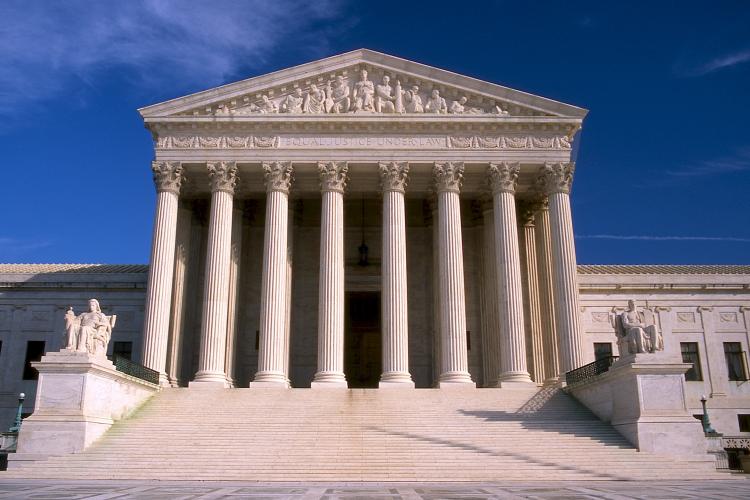
On February 9, the U.S. Supreme Court issued a stay of the Clean Power Plan (CPP) in a 5-4 decision. The court’s decision does not overturn the CPP, nor decide the legal merits of the challenges brought against the U.S. Environmental Protection Agency (EPA) for issuing the CPP. Rather, the court’s decision stalls the implementation of the CPP while lawsuits challenging the legality of the plan are adjudicated by the D.C. Circuit Court of Appeals.
Background
Lawsuits challenging the CPP in the D.C. Circuit were brought by 29 states, including 10 states within MEEA’s territory. These lawsuits assert, in general, that the EPA overstepped its authority under the Clean Air Act in issuing the Clean Power Plan. The D.C. Circuit will hold a hearing on the merits of the CPP on June 2, 2016, and is likely to issue its decision on the legality of the CPP as early as the fall of this year. If the D.C. Circuit upholds the CPP on the merits, the states challenging the CPP are widely expected to appeal this decision to the Supreme Court. In that scenario, the stay on the CPP would terminate either once the Supreme Court denies the states’ petition (known as a petition for a writ of certiorari), or, if the writ is granted, once the Supreme Court decides the case on the merits.
Looking Forward
While the stay on the CPP is in place, the EPA will not be able to enforce any deadlines or requirements associated with the CPP. If the stay is terminated, however, the EPA will regain the authority to enforce the deadlines or requirements contained in the CPP. A number of states in the Midwest have initiated internal and public stakeholder processes to assess viable pathways for compliance with the Clean Power Plan.
MEEA will continue to work with state energy offices, air regulators, utilities, businesses and advocates throughout the Midwest to advance robust energy efficiency policies that will save ratepayers money, create in-state jobs, improve air quality, and pave a path to least-cost compliance with the carbon emission targets contained in the CPP.